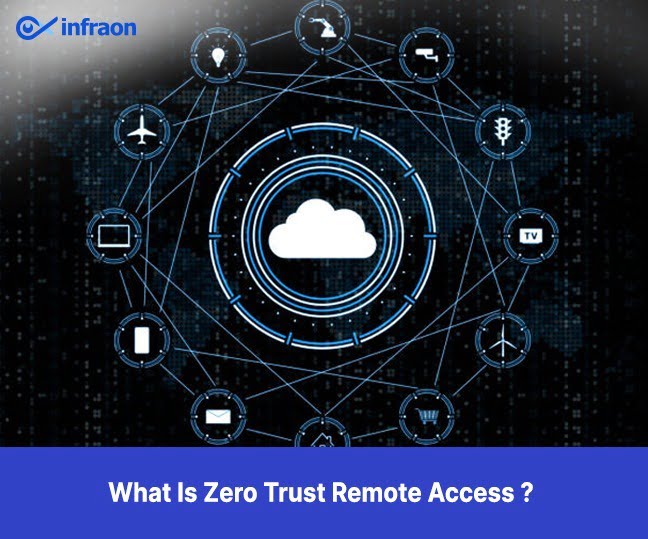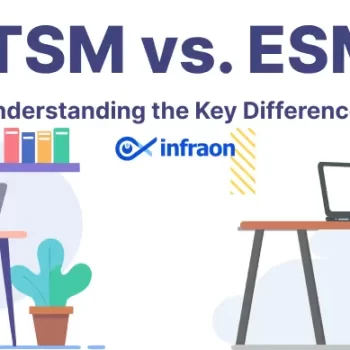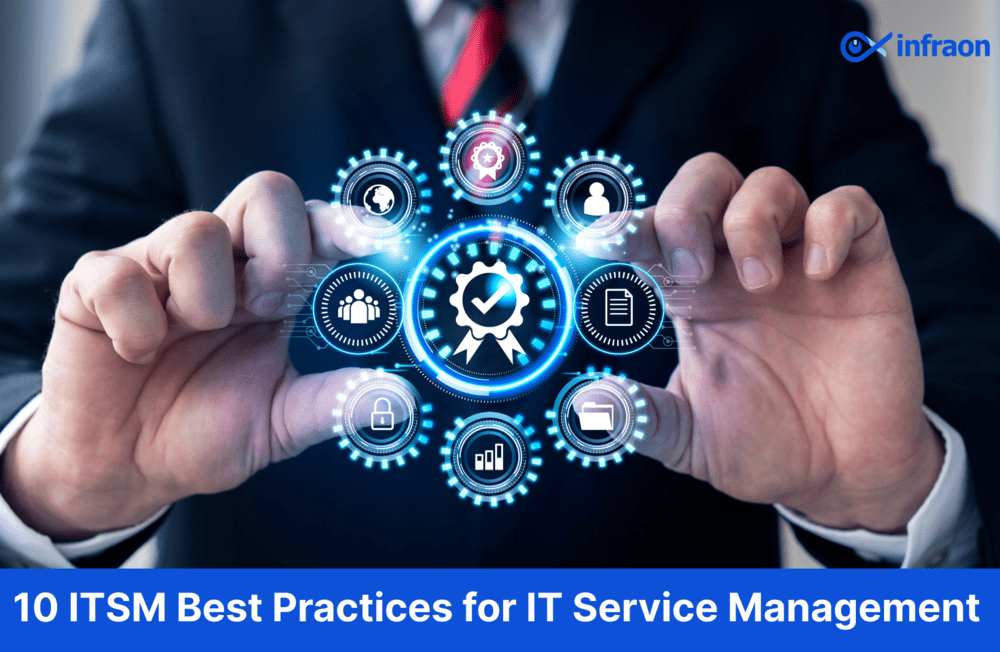Software programs known as incident management software assist organizations in managing occurrences, tracking and monitoring incident response activity, and evaluating the performance of their incident response teams. They are crucial to any organization’s incident response strategy and can aid teams in coordinating their efforts, getting in touch with key stakeholders, and preserving their work.
To have as little influence on their operations and stakeholders as possible, organizations must be ready to react to incidents swiftly and effectively. They require an incident response plan, which outlines the actions to contain and resolve an incident to accomplish this.
Any organization must develop a proper strategy while creating an incident response strategy and the kind of occurrences that are most likely to occur. It should specify who oversees each action taken in response and how their efforts should be coordinated. Any organization’s incident response plan must include its tools. They can assist incident response teams with task coordination, stakeholder communication, and work documentation.

Related Article: What is Incident Management in ITSM?
Key Features of Incident Management Software
Incident management controls the life cycle of all incidents to minimize the impact on the organization and swiftly restore normal service operations. This demonstrates that an organization must have a solid incident management process to guarantee uninterrupted operations with little to no downtime. The following features will help you with your selection process for incident management software.
Easy Integration with Other Software:
Ensure the incident management software you select is compatible with other platforms and tools already in use at your business. Employees will find it simpler to become used to this incident management solution. It is beneficial when your service desk can be integrated with other business software/applications, whether for communication purposes, data use, or change requests or notifications.
User-friendly UI with Multi-Channel Support:
The ease of use and accessibility of incident management software should be among its primary attributes. Your incident management software should be so simple that even non-IT staff can find what they need without wading through complicated menus.
Your incident management software should support self-service, allowing users to submit tickets through a portal that is focused on them. The tool should allow multiple channels because the objective is to increase customers’ experience of ticketing and raising tickets. It should be accessible across channels, whether by email, phone, chat, or other communications.
Automation and AI:
Automation can take the place of labor-intensive, low-priority jobs to speed up and improve the ticket resolution process. Using artificial intelligence, tickets can be sent to the appropriate team or individual. Automation is a terrific technique to establish a streamlined procedure to satisfy employees’ service requirements. Your IT teams will also benefit from this because they won’t have to spend as much time on repetitive manual processes and can instead focus on more crucial jobs. Overall, tickets are closed more quickly, and business operations are more efficient.
Notifications and Alerts:
One of the essential elements of the incident management process is keeping users aware at the appropriate moment (and perhaps even beforehand). It is helpful in all disciplines and sectors but vital in the energy sector. Real-time alerts and notifications keep all stakeholders informed of the incident’s status and aid in maintaining order and organization. To save valuable time, they might schedule their job accordingly.
Smart Device Compatibility:
In the present era, most employees desire mobile access to their issue management solutions. Your incident management software should work with various mobile platforms, including iOS and Android. Since it enables users to follow the status of their tickets while on the go, this compatibility is crucial in emergencies. Your staff can connect at any time, from anywhere.

How to Pick the Best Incident Management Software?
Comprehending the interdependencies within your infrastructure is critical to assessing the full impact of the incident and resolving it as quickly as possible. The qualities listed below are essential to a successful incident management system.
Specify the Business’s Needs:
Evaluating the objectives and needs of the business is the first step in locating the ideal incident management product for your firm. Make a report outlining some of the frequent occurrences the business has experienced and think about how various management tools could handle or lessen those circumstances.
Consider getting input from the workers, asking them to identify what they see as the most frequent occurrences in the company and how they currently handle them. To find out what the employees believe to be the most important events occurring within the organization, you can accomplish this by sending out a survey or questionnaire.
Monitoring System:
DevOps and IT Ops teams may gather, combine, and set off alarms based on real-time data flowing from thousands of different services thanks to monitoring systems. These are essential for giving you complete visibility into the state of your services and frequently sounding the first alarms when an event occurs. Thanks to monitoring tools, your team has continuous access to the infrastructure’s health. Additionally, contemporary monitoring solutions proactively send alerts during unplanned activities.
Configuration Management Database (CMDB):
To assess the full impact of the problem and arrive at a quicker resolution, it is essential to understand the interdependencies within your system. You can better comprehend the connections and interdependencies in your IT architecture by using a CMDB. It may rapidly look into the situation and share all relevant information.
Team Communication:
During incident management, precise and trustworthy communication is indisputably essential. Teams can communicate and share observations, links, and screenshots using a reliable communication platform in a time-stamped and maintained manner. It also facilitates gathering the appropriate personnel and information during an incident and produces an extensive record for post-incident learning.
Service Desk Software:
Customers and workers can report events and future incidents using service desk software. Service desks empower your team to swiftly learn about incidents from the people who matter most: your users and customers and their numerous other use cases (service requests, IT help desk).
Client Interaction:
During an incident, customer communication tools assist in keeping customers informed. Getting past the fact that mishaps usually give your customers a negative experience. Customer communication fosters confidence and facilitates quicker reaction times. Customers can be advised that you are aware of the situation and working on a repair by communicating with them.
Command Center Tool:
Wherever your canonical record of the occurrence and its crucial information is stored in your incident command center, during and after an incident, the command center tool offers a single location to keep everyone informed, presenting essential facts, including incident status, related notifications, updates, and more.
Incident Tracking Tool:
The team uses an issue-tracking application to plan future remediation work. When an incident is resolved, the service frequently resumes operation without addressing the underlying problem. Extra technical work is typically required to handle the underlying reasons for an incident and ensure that it doesn’t happen again. Your team is probably already using issue and work-tracking systems for other development work, which can ensure that this work is prioritized and doesn’t get overlooked.
Incident management software is about making logical decisions in a market overflowing with competing options. However, even more important than that is ensuring that the risk management and service desk technologies you select perform as intended.
Related Article: What is Incident Management in ITSM | Infraon,
Final Thoughts:
Incident response software enhances the experience for all parties involved by assisting teams in responding to critical tasks better and more quickly. While disasters cannot be prevented, the finest incident response software gives responders the resources to quickly restore services to standard and implement changes that benefit the entire organization.
FAQs:
- What are the six stages of incident management?
An incident response plan should be established to deal with a potential data breach in a sequence of steps. Particular areas of need should be taken into consideration throughout each phase. The stages of incident response are:
- Planning
- Identification
- Containment
- Elimination
- Recovery
- Lessons Realized



















